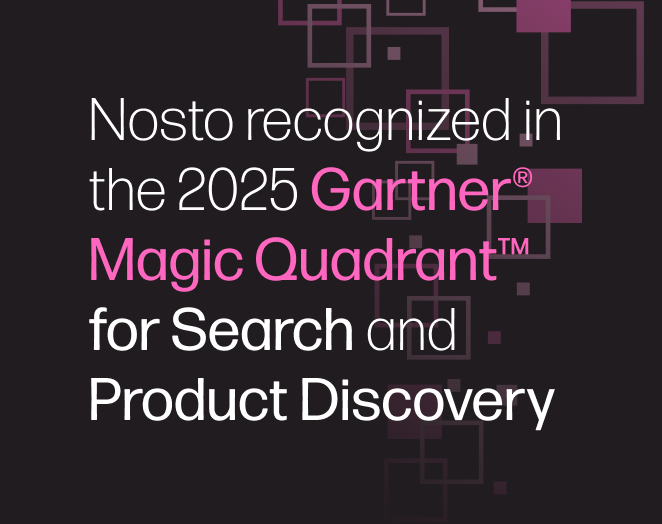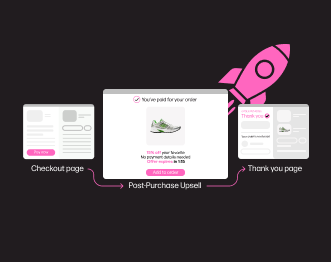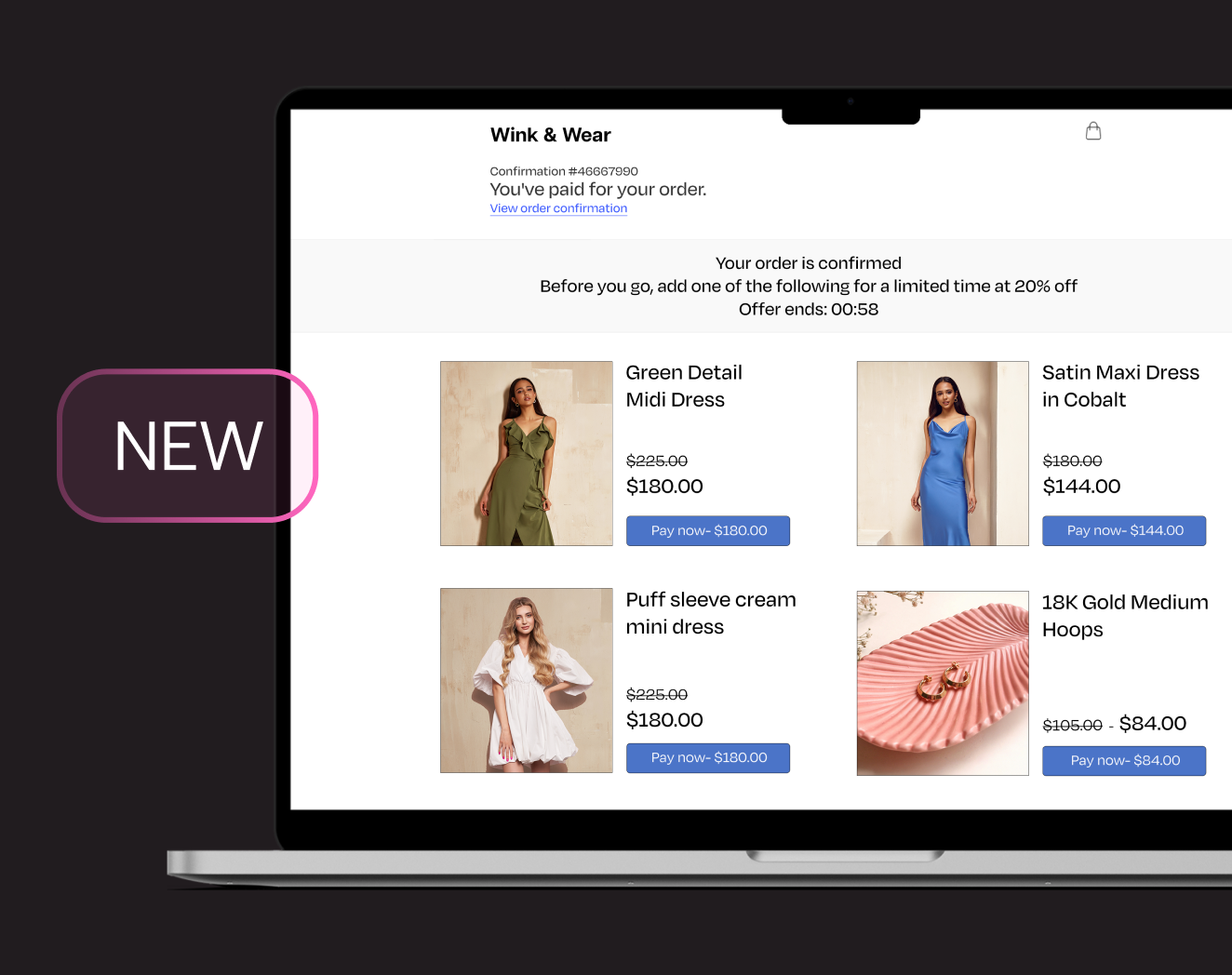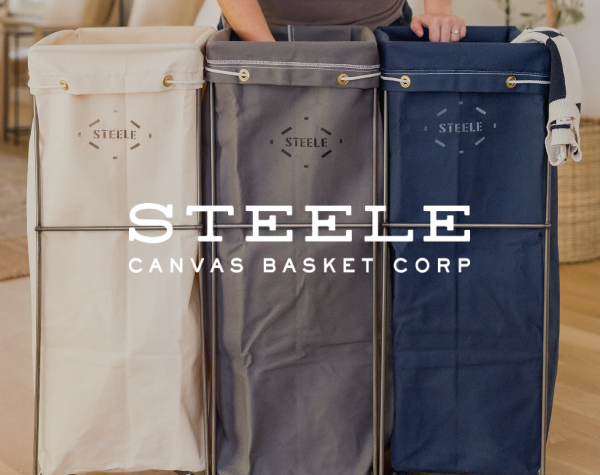How One Bag Company Got ‘Life Organized’ Thanks to Onsite Personalization
Knomo’s mission: to help people get organized, stylishly. Our mission? To help them optimize the Knomo website and enable them to spread that mission around the world. How? Read on…
The Knomo Story
Remember when you were told as a child that everything has a place and there’s a place for everything? Apply that age-old bedroom tidying motto to Knomo’s smart bags and accessories, and you’ll begin to get the idea behind Knomo’s ethos. Knomo believes in getting ‘life organized’, and it starts with doing more than just chucking your gadgets into a cavernous bag.
While looking stylish on the outside, these bags are immensely practical on the inside. From charging ports within the bags, to a MyKnomo ID which will reunite you with your bag if you lose it, there are plenty of techy touches to appeal to the traveling tech lover.
What We (and Digital Nomads Everywhere) Love About Knomo
Plenty of product information
One of the things that Knomo does incredibly well is selling the product. This might seem somewhat obvious on a product page, but as anyone in ecommerce knows, it can be a challenge to convince someone browsing that they can’t live without your product.
On each product page, you’ll find a small tab that says ‘Will this fit my device?’. It’s a simple question, which is given a dedicated spot at the top of the product photograph, presumably because it is the question that represents the biggest barrier to making that sale. In drawing the buyer’s attention to the answer, they remove that barrier.
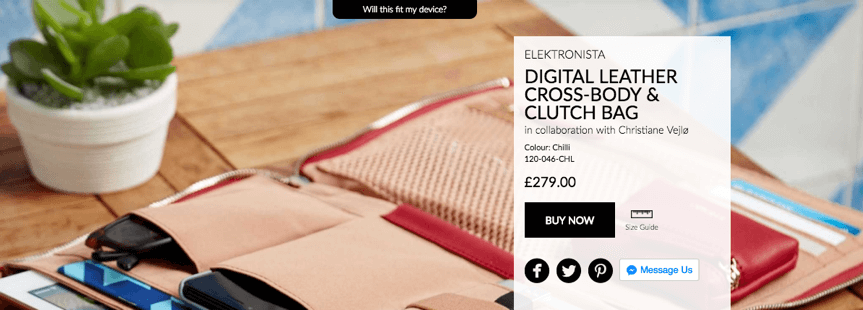
There are also 10+ photographs of the product from various angles, including the interior pockets, as well as some lifestyle shots. This is often paired with a product video, giving the buyer a comprehensive view of what this product looks like in real life. To really bring home the message, there’s a section titled ‘Why is this bag great?’ – leaving you in no doubt as to the various bells and whistles you get with a Knomo bag.
The addition of third-party reviews on each product page not only sends reassuring signals to the buyer that they’re making a good choice, but it can also work to answer common questions. In turn, this can reduce return rates and ease the burden on customer support – after all, if this bag is unsuitable for the customer’s large laptop, a return is inevitable, and it’s preferable that they didn’t buy it in the first place!
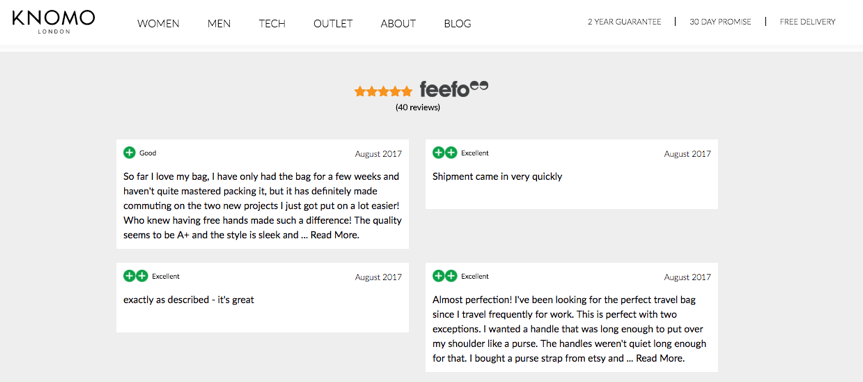
Fantastic filtering
The ability to layer filters makes products discovery a lot easier for anyone browsing the site. This is particularly important when someone is shopping on his or her mobile. The smaller screen size means that few products can be seen on the screen. To avoid lots of scrolling, it’s essential to be able to narrow down the product range quickly and simply. In fact, a 2016 Mobile Commerce Baymard study found that some mobile shoppers will layer up to six filters in order to fine-tune the product range.

Best Seller location calculation
Knomo uses Nosto technology to localize the homepage to each market it operates in. First time browsers are presented bestsellers, which are changed in real-time, and this localization has resulted in a 1.5x increase in the conversion rate, to 2.9%.
This is paired with badges indicating where products have endorsed by publications that resonate with the target customer. While a recommendation from Fishing Monthly is a nice-to-have, being recognized by a brand such as Forbes is a clear indication of quality to the business traveler audience.

Personalizations and recommendations
Using data about which items are commonly bought or browsed together, Knomo uses cross-selling recommendations on each product page to show complementary add-on items. Increasing the number of items in each transaction was a key challenge that Knomo was facing, and thanks to this recommendation optimization, there has been a 16% increase in AOV.

The results
Knomo has seen fantastic results with the implementation of these personalization tactics. Their challenge was two-fold – to increase the average products bought per transaction, and to lower the bounce rate. This was addressed by adding relevant product recommendations throughout the journey, and implementing behavioral pop-ups – with the average order value increasing by 16% overall.

